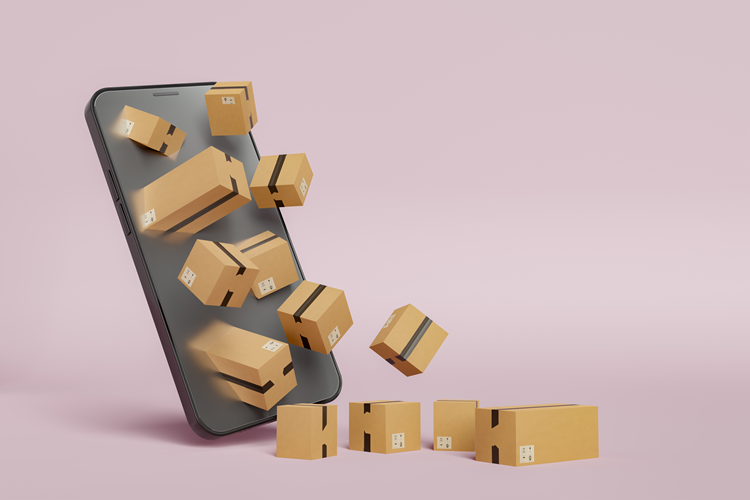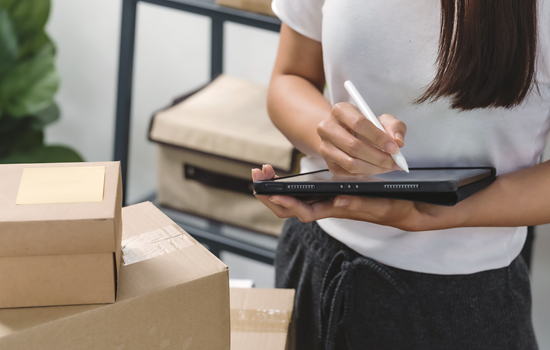From reducing stock commitments to offering flexible delivery options, we’ve put together an at-a-glance, practical guide on what dropshipping is, the benefits, and the potential drawbacks to consider.

For independent retailers and small businesses, keeping costs down and customer satisfaction high is more important than ever. With growing competition and increasingly flexible customer expectations, finding smarter ways to manage inventory and fulfilment can give you a valuable edge.
Dropshipping is one such model that removes the need to hold physical stock—freeing up space, improving cash flow and reducing risk. In this article, we’ll break down what dropshipping is, the key benefits it offers, and the important considerations to be aware of before diving in.
What is dropshipping?
Dropshipping is a modern retail fulfilment method where you don’t need to keep the products you sell in stock. Instead, when a customer makes a purchase, you forward the order details to your chosen supplier or wholesaler. The supplier then picks, packs and ships the product directly to the customer on your behalf. You only pay for the product once the order is confirmed, meaning no upfront inventory costs.
This model has become increasingly popular in the UK and globally, especially among small and independent retailers looking to streamline operations, reduce overheads, and stay competitive both online and in-store.
Here’s how it works in practice:
- Customer places an order on your online store, marketplace listing or even in your physical shop.
- You pass the order to your dropshipping supplier, usually via an integrated platform or manual input.
- The supplier ships the item directly to your customer, often under your business branding or as a neutral parcel.
- You manage the customer experience, including service, updates and handling any returns (in line with your chosen approach).
Common uses for dropshipping include:
- Selling online when storage space is low
- Testing new product categories
- Fulfilling hard-to-store or bulky items
- Offering a broader range
Where does the retailer add value?
Even though you don’t handle the product directly, you’re still responsible for:
- Creating a compelling customer experience
- Managing communication and updates
- Setting retail prices and maintaining profit margins
- Handling returns and refunds, depending on your policy
💡 TOP TIP: If you offer delivery through dropshipping, using a smart logistics partner like Evermile means you can automate and track local deliveries more effectively, making it easier to manage orders across multiple suppliers and maintain customer service quality—even without holding the stock yourself.
What are the benefits of dropshipping?

Already a member?
LoginGet access to dropshipping solutions with Bira Direct
Using Bira Direct suppliers for drop shipping and ordering stock comes with additional benefits, click below to find out more.

Share your dropshipping tips, advice and experience
Have you had hands-on experience with dropshipping? Or maybe have some burning questions still? Start a conversation with your fellow retailers on Bira Connect.
Related Resources
-
Christmas window display competition
Not only will you get to showcase your festive spirit, but you can also win a hamper worth over £150
-
‘Black Friday’ can be bettered by independent retail – 5 ideas that don’t mean lowering your prices
Eight inspiring indie shops showing how community spirit, creativity and care can help your business – and your high street – thrive.